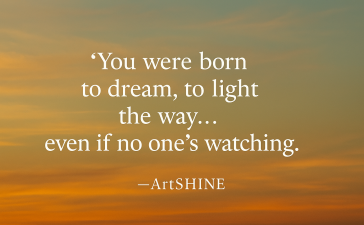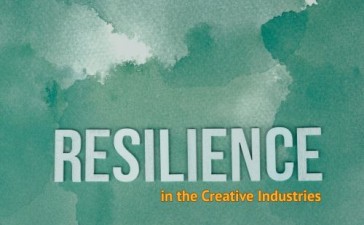Background art by AVLDesigns
In recent years, the integration of artificial intelligence (AI) into the visual arts has sparked both excitement and concern within the art industry. While AI presents innovative possibilities for creativity and efficiency, it also raises ethical considerations and challenges that demand careful navigation. In this exploration, we will delve into how AI is transforming the art landscape, discuss areas of concern, and emphasize the importance of upholding artistic integrity in the face of evolving technology.
AI in Visual Art: Transformative Innovations:
AI’s impact on visual art is transformative, introducing new dimensions to the creative process. Algorithms and machine learning have enabled AI to generate original artworks, produce intricate patterns, and even replicate various art styles. Artists, institutions, and collectors are leveraging AI tools for tasks like image recognition, trend analysis, and personalized recommendations.
Challenges and Concerns:
Despite the promises of innovation, several challenges and concerns have emerged within the art industry regarding AI.
1. Ethical Use of AI-Generated Art:
As AI systems create art autonomously, concerns arise regarding the ethical use of these generated artworks. Questions about authorship, intellectual property rights, and fair compensation for AI-generated creations challenge established norms in the art world.
2. Authenticity and Originality:
The rise of AI-generated art raises questions about the authenticity and originality of the works. Ensuring that AI-generated pieces are appropriately credited and distinguished from human-created art becomes crucial to maintain transparency and artistic integrity.
3. Overreliance on AI:
Another concern is the potential overreliance on AI in the creative process. While AI tools offer efficiency and inspiration, there’s a risk of diminishing the human touch and intuition essential for truly groundbreaking and emotionally resonant art.
Ethical Considerations for Artists:
1. Protecting Artistic Integrity:
Artists must be vigilant about protecting their artistic integrity amidst the increasing use of AI in the industry. It’s vital to distinguish between human-created and AI-generated artworks and maintain transparency with the audience.
2. Avoiding Plagiarism and Unethical Use:
The ease of access to vast amounts of art data online poses a risk of plagiarism and unethical use. Artists must refrain from appropriating others’ work without proper attribution, as such practices not only harm the original creators but also compromise the integrity of the art community.
3. Recognizing AI-Generated Art:
When encountering AI-generated art, it’s essential for artists and audiences alike to recognize and appreciate the technological innovation behind it. Acknowledging the role of AI in the creative process helps establish a balanced understanding of its impact on the art landscape.
Maintaining Artistic Identity:
1. Embracing Collaboration:
Rather than viewing AI as a threat, artists can embrace collaboration with technology. Integrating AI into the creative process can lead to exciting synergies, where human creativity combines with machine capabilities to produce novel and engaging artworks.
2. Continued Human Expression:
Artists should emphasize the continued importance of human expression and intuition in the artistic process. AI may assist, but the unique perspectives, emotions, and experiences that humans bring to their work are irreplaceable.
The Importance of Education:
As AI becomes more prevalent in the art world, education becomes a powerful tool for addressing challenges and fostering ethical practices. Artists, curators, and collectors must stay informed about AI developments, engage in discussions about ethical considerations, and advocate for responsible use.
Conclusion:
The integration of AI into visual art brings both promise and peril. While AI unlocks new possibilities for creativity and efficiency, it raises concerns about authenticity, ethical use, and the preservation of artistic identity. Artists, industry professionals, and enthusiasts must navigate this evolving landscape with vigilance, prioritizing artistic integrity and responsible practices. By embracing collaboration, recognizing the ethical implications of AI-generated art, and upholding transparency, the art community can ensure that AI enhances, rather than diminishes, the richness of human creativity.
Want to learn more? We’re here to help you to take action, just like we’ve helped thousands of other entrepreneurs, business owners, and creative professionals all around the globe. Now is the time to let your passion SHINE. Now is the time to Make Tomorrow Today! To your success, Vinh Van Lam and Stuart Horrex Cofounders
ArtSHINE.com





